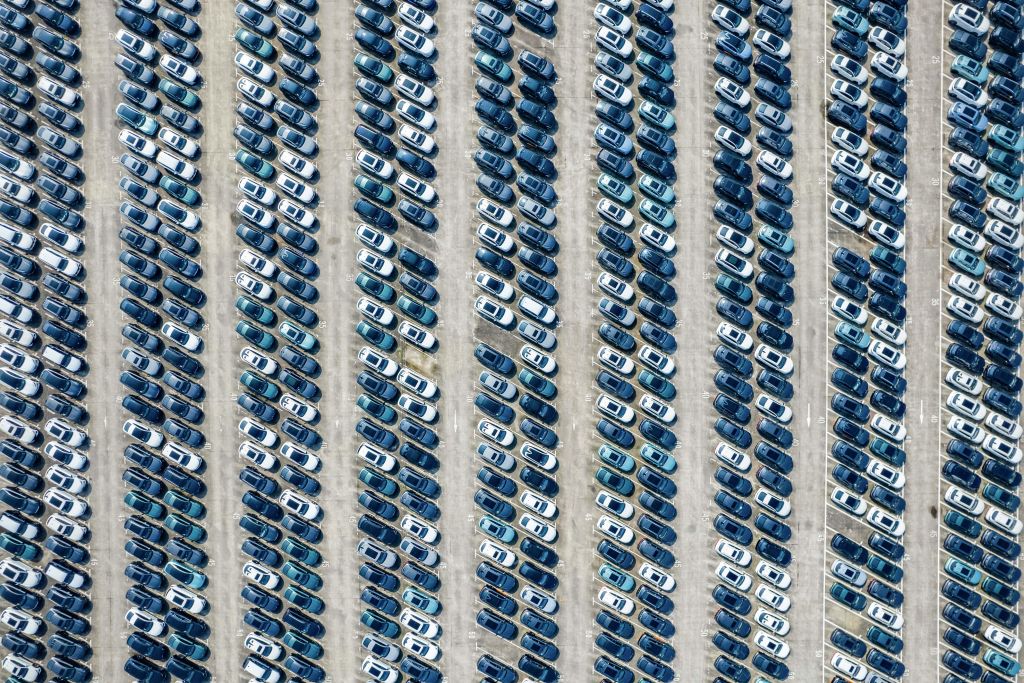New Report Highlights the Influence of Neighbors on Electric Vehicle Adoption
A recent report from Generation180, a national nonprofit organization focused on clean energy, reveals an interesting trend in electric vehicle (EV) adoption: neighbors driving EVs. According to TechXplore, the study titled “Peer Influence and Electric Vehicle Adoption” conducted a comprehensive analysis of new EV retail registrations over a five-year period, uncovering a noticeable “neighborhood effect” on EV adoption.
The study delved into geospatial analysis to identify “hot spots” and “cold spots” of EV registrations in 2018 and 2022. Hot spots represent zip codes with higher EV registrations per capita, while cold spots indicate regions with fewer EV registrations. Even in areas with slower-than-average growth in EV adoption, the analysis discovered clusters suggesting a neighborhood influence. The data used for the analysis was sourced from S&P Global Mobility’s EV retail registration data.
Stuart Gardner, the Program Director for Electrify Your Life at Generation180, commented on the findings, emphasizing the significance of individual influence in promoting clean energy practices like driving EVs. He noted that collective efforts in this regard can lead to substantial impacts.
This research stands out as one of the first instances of wide-scale cluster analysis across key US markets, pinpointing zip codes experiencing robust EV registration rates per capita while considering the influence of neighborhood dynamics.
From 2018 to 2022, the report demonstrated a significant peer effect on EV sales growth in 11 designated market areas (DMAs). All 11 DMAs experienced notable growth in EV registrations. Some cities surpassed the national average growth rate by a large margin, including Miami (571%), New York City (479%), Charlotte (476%), Philadelphia (426%), Austin (377%), and Los Angeles (357%).
On the other hand, several cities saw growth rates below the national average, such as Washington, DC (319%), Raleigh-Durham (316%), Atlanta (295%), Denver (253%), and Seattle (226%). The report complemented its quantitative analysis with qualitative insights from interviews with EV owners featured in 10 case studies. These narratives shed light on the positive influence of peers, highlighting the benefits of choosing electric mobility for commuters, parents, urban and suburban drivers, and more.
While acknowledging that factors like income, education, age, and product accessibility can also influence an individual’s choice to transition to an EV, the research places particular emphasis on the impact of the neighborhood effect. Professor Kenneth Gillingham of Yale University pointed out the growing evidence of how observing clean energy practices in one’s community can influence individuals to adopt similar behaviors.
“This report is the latest to point to the role of a contagion effect of the good kind. Unlike a pandemic, this contagion can lead peers and neighbors to influence each other to adopt greener technologies,” Gillingham stated.
The findings of this report provide valuable insights for policymakers, manufacturers, and advocates of clean energy, highlighting the role of social influence in driving EV adoption. Understanding the neighborhood effect and leveraging it through targeted campaigns and community engagement efforts could further accelerate the transition to a cleaner and more sustainable transportation future.
© 2023 TECHTIMES.com. All rights reserved. Do not reproduce without permission.

I have over 10 years of experience in the cryptocurrency industry and I have been on the list of the top authors on LinkedIn for the past 5 years. I have a wealth of knowledge to share with my readers, and my goal is to help them navigate the ever-changing world of cryptocurrencies.




